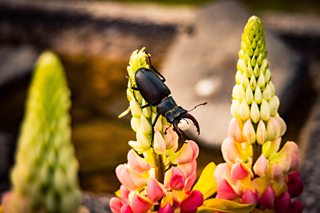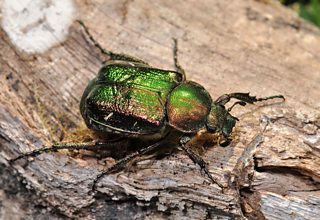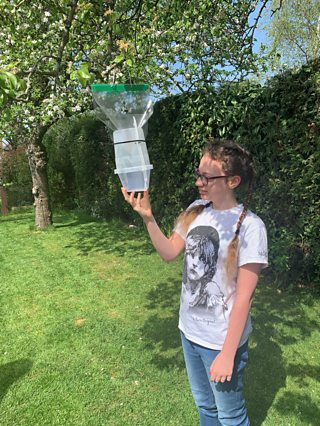How to help two beautiful, but endangered, beetles this summer
People's Trust for Endangered Species (PTES)
Partner organisation of the Watches
Summer is almost upon us, which means many mammals, birds and insects will be out and about looking for food and mates. We, wildlife charity People’s Trust for Endangered Species (PTES), have been standing up for endangered wildlife for over 40 years, but when summer comes around, this means one thing – beetles!
Although much smaller and often less charismatic than other endangered species, beetles are a hugely important part of our native flora and fauna and, without them, our ecosystems would be in serious trouble.
Stag beetles emerge in late April and May - one of the most spectacular looking insects in Britain, named because the male’s large jaws look just like the antlers of a stag. They are Britain’s largest land beetle (up to 75 mm), and the second largest beetle of all in the UK after the water beetle. Stag beetles have a fascinating life cycle, spending several years (sometimes up to seven) underground as larvae feeding on deadwood, before emerging on warm, sunny summer evenings to begin the next stage of their life cycle - to find a mate and reproduce. Sadly, their adult life stage only lasts a month or so, so although they’re visible, their presence is fleeting.

A male stag beetle on a flower. Photo by Peter Jones.
Stag beetles typically live in woodland edges, hedgerows, traditional orchards, parks and gardens throughout Western Europe including Britain – but not Ireland. Stag beetles are relatively widespread in southern England, but sadly their numbers are declining across Europe. They are vulnerable to predators (magpies, cats and humans/cars) and suffer enormously from habitat destruction too.
You can help stag beetles in your own garden, green space or allotment, by leaving partially buried deadwood to create a log pile or pyramid. This small change will also help other insects and bugs which call dead and rotting wood home, as well as stag beetles.

A log pile suitable for stag beetles. Photo from PTES.
This May, we’ve also teamed up with Royal Holloway University to help another beautiful beetle – the noble chafer.

A noble chafer. Photo by Paul Brock.
These striking beetles have iridescent, shiny green bodies (although also copper and gold) speckled with white. They are small, with adults being about 2cm long, and live in traditional orchard habitats, where they also depend on old, decaying wood for food and shelter. As with many native species, noble chafers are threatened with the loss of their primary habitat – the deadwood at the heart of old, decaying trees, and also suffer as a result of orchard intensification and development.
To find out more about how you can help both of these small, but significant beetles, visit .

A noble chafer trap, used to monitor these beautiful beetles. Photo by Deborah Harvey.
